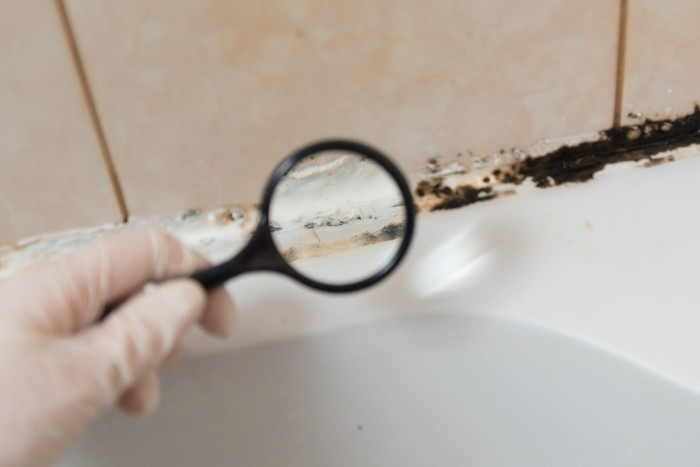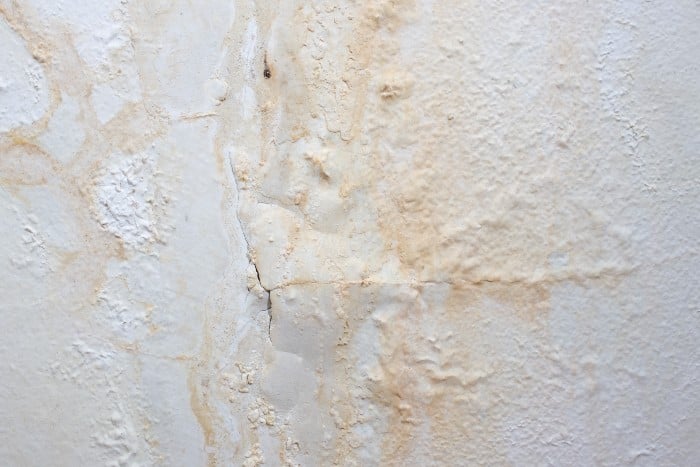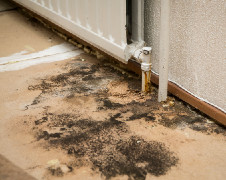Is it Mold or Mildew?... Or is it Just Dirty?
If you’ve been experiencing symptoms like sneezing, sinus congestion, skin irritation, a runny nose, itching, asthma, or chest tightness, you may want to check your house for mold. Many people who have had mold in their home didn’t realize it could cause these symptoms until someone removed it and they felt better.

You may also notice a weird smell in the air, some discoloration in your walls, ceilings, or floors, or a darkening of the grout between bathroom tiles. The problem is, many of these can also be caused by superficial dirt. So how do you know the difference? And is there truly a difference between mold and mildew?
Mold versus Mildew
Before you can treat and get rid of your problem, it’s essential to know what exactly the problem is. While many confuse the two, mold and mildew are two separate things. There are a few ways to tell them apart, but it’s usually best to ask a professional.
The main difference between mold and mildew is going to be the appearance. Mildew is typically a light color, most often gray, but white and yellow are also possible. It will appear fuzzy, fluffy, or powdery. On the other hand, mold tends to be dark green or black. It can look fuzzy, but you may also see it appear slimy, like mildew.
The other main difference between mold and mildew is the location and environment you find it in. Mildew typically grows in dimly lit, warm, dank, damp areas. On the other hand, mold will grow anywhere that a surface has remained wet for some time.
Mold versus Dirt and Dust
To the untrained eye, mold and mud can appear similar at first glance. However, they need to be treated differently, and knowing how to do that is vital. Mold is caused when a surface gets wet and doesn’t dry for an extended period, whereas dirt is a natural substance that occurs when there’s a build-up of grimy, unclean matter.
The most recognizable difference between mold and dirt is the smell – mold is known for its distinct and pungent odor. This smell is similar to rotting wood, wet dog, or soggy cardboard. It’s very musty and often associated with old basements. Dust and dirt smell more earthy. Unlike mold and mildew, they are susceptible to gravity and less likely to stick to the bottom of a surface (like the underside of a bookcase), though it is possible.
What if it Comes Off When I Wipe it Down?
While mold and dirt may look similar, they need to be treated and removed differently. Dirt may look unpleasant, and it’s pretty common, but with a little bit of soap and elbow grease, you can clean it off quite easily. Similarly, you can remove dust from a surface without difficulty.
Removing mold and mildew is not nearly that easy, though it may seem like it is. If the mold or mildew infestation isn’t severe enough to go very deep, it may look good as new once you wash the area a bit. However, mold is a sneaky issue, and it often remains behind after the visual element is gone.
The surface mold we see is just a cluster of smaller particles called mold spores. When you scrub the surface, it may break up this cluster, but the spores remain behind – or worse yet – disperse into the air.
Can I Clean Mold Myself?
There are a few simple steps you can take to prevent mold from growing. Keep humidity low and keep water from puddling or seeping into walls, floors, ceilings, or furniture. Prevention is important because once the problem has arisen, getting rid of it is not so easy. For hard, non-porous surfaces like showers and tubs, a round of intense scrubbing and strong cleaners will most likely do the trick. If your mold or mildew is stuck in unreachable crevasses or locked behind sealant, grout, or silicone, you may have a much harder fight on your hands.
If the surface you are cleaning is porous, the mold often returns quickly – or it may lurk beneath the surface, waiting to reappear. Using bleach may make the problem look like it went away and even take the color out of the mold living on the surface. But for porous objects like wood, plaster, or drywall, the root system is probably still very much alive. There may even be mold inside your walls or under carpeting that you can't see, which will spread if left untreated.

If you know or suspect that you have a mold or mildew infestation, it’s best to call in a professional as soon as possible. The longer you let the problem grow, the more difficult and time-consuming it becomes to fix it. Professionals also have the tools and know-how to diagnose whether or not the mold or mildew is elsewhere in the house, which may save you some trouble down the road.

